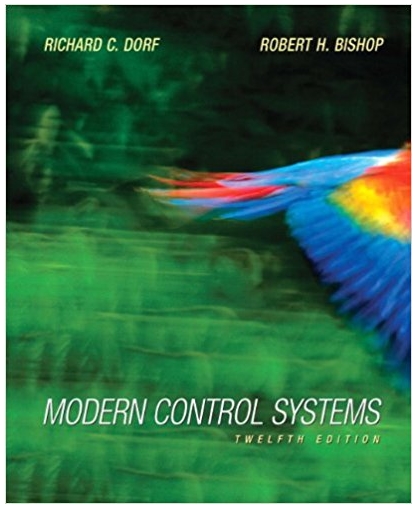To meet current U.S. emissions standards for automobiles, hydrocarbon (HC) and carbon monoxide (CO) emissions are usually
Question:
Although many schemes are under investigation for meeting the emissions standards for all three emissions, one of the most promising employs a three-way catalyst-for HC, CO, and NOx emissions-in conjunction with a closed-loop engine-control system. The approach is to use a closed-loop engine control, as shown in Figure P7.28 [19, 23]. The exhaust-gas sensor gives an indication of a rich or lean exhaust and compares it to a reference. The difference signal is processed by the controller, and the output of the controller modulates the vacuum level in the carburetor to achieve the best air-fuel ratio for proper operation of the catalytic converter. The loop transfer function is represented by
Calculate the root locus as a function of K. Carefully calculates where the segments of the locus enter and leave the real axis. Determine the roots when K = 2. Predict the step response of the system when K = 2.
Figure P7.28
Auto engine control.
-2.png)
Fantastic news! We've Found the answer you've been seeking!
Step by Step Answer:
Related Book For 

Question Posted:





